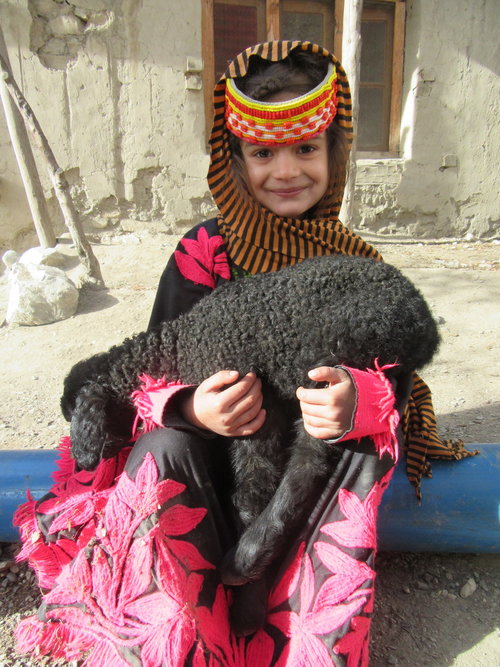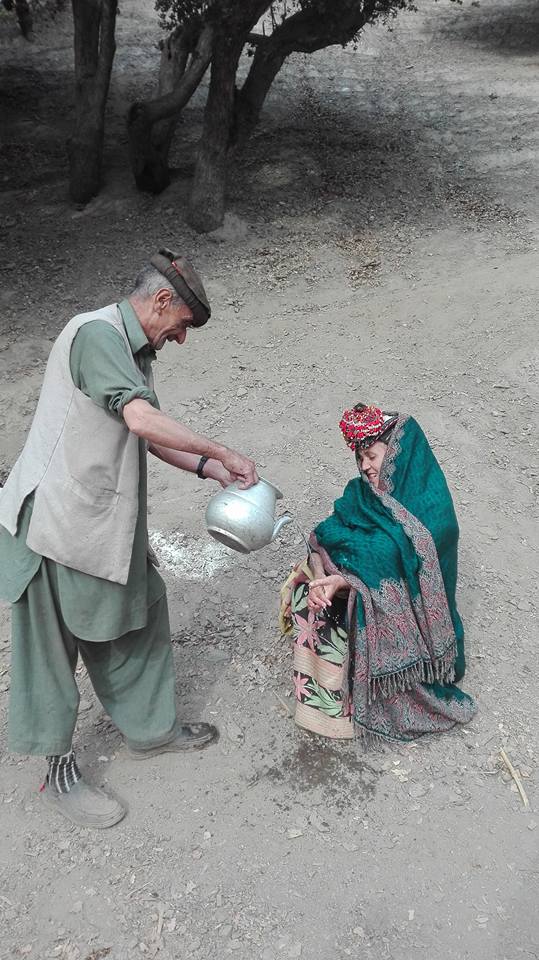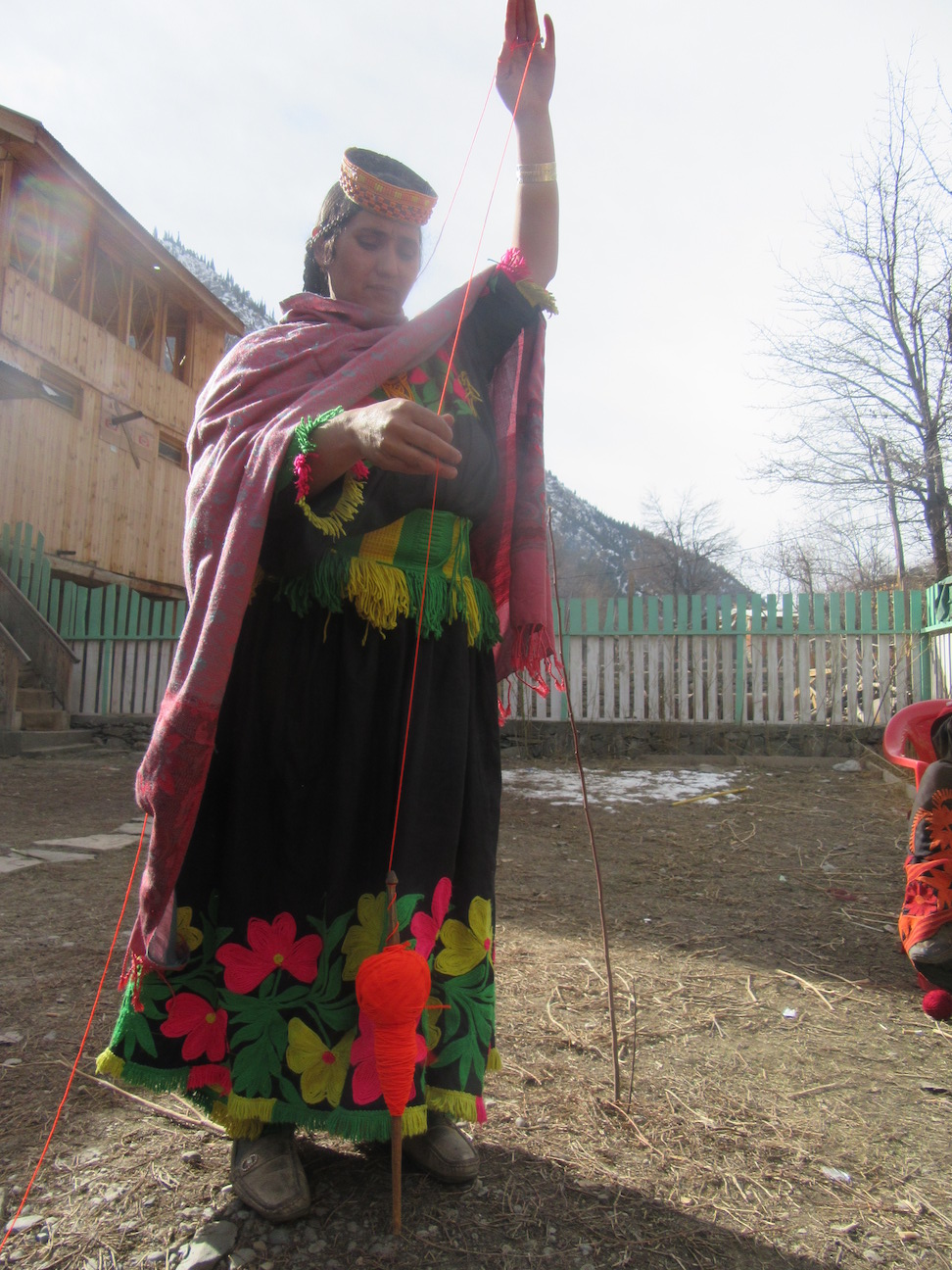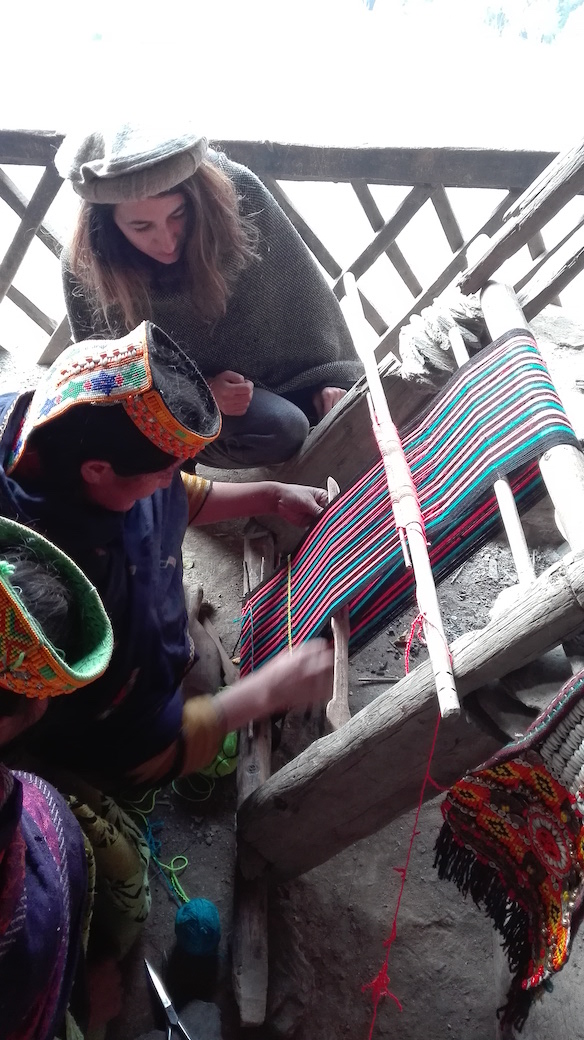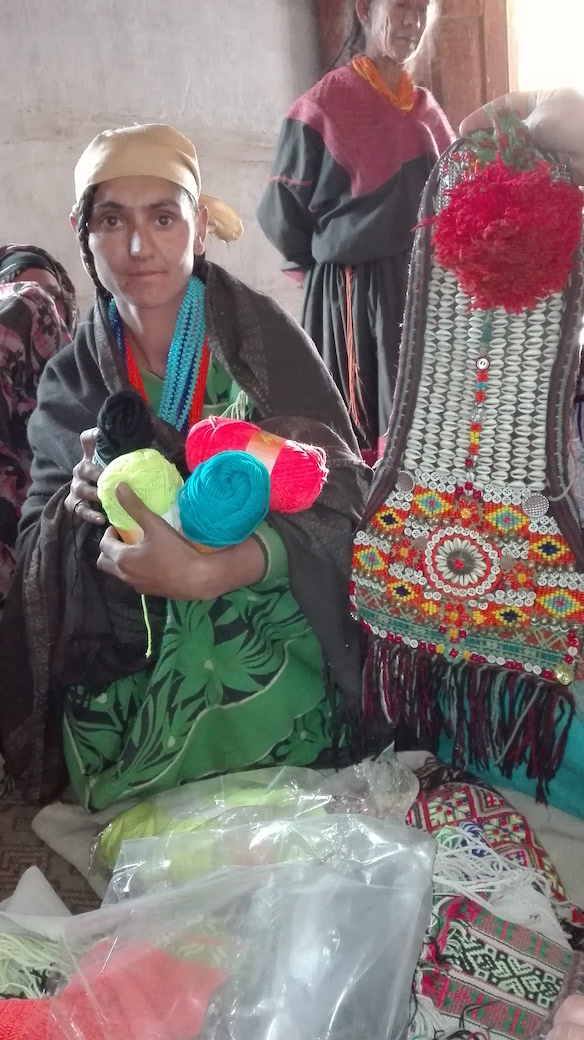Kalasha Tribe | Between Pakistan and Afghanistan
Zahra Amber Khan, a social entrepreneur from Pakistan is working on preserving the craft of backstrap weaving from the valleys of Kalash. Somewhere between Chitral and Nuristan in Afghanistan lies this valley that holds 4000 tribal people of the Kalash tribe. Who are they? There are many stories about the origin of this community. Some say they are descendants of the soldiers of Alexander the Great. We chatted with Zahra to find out more about her initiative and gather interesting facts about the community. She tells us 'This colourful community is completely different from their Muslim neighbourhoods in their dressing, cuisines, religious festivals, rituals and arts. It's interesting as in this culture, ecstasy, love, poetry, shamanism and spiritual feelings relate to greek god pan'Speaking of their traditional outfits, Women wear black gowns with flower arrangments in neon threads and handwoven belts. They embellish this with beads, cowry shells, buttons and metal ornaments and wear a headgear called shushat. A formal headgear is called kupas worn on special occasions. On occasion of Lawak Baik, men dress up like women and women dress up like men, Special Walnut bread is made with Yakhni soup. During chowmas( new year)Kalasha Temples are painted with reed pens makes of oak and juniper soot. Maize bread with beans is a staple food in this community.
Zahra enlightened us about the process of making a product. At the moment she works with 100 artisans from the community. She says, ' Sheep shearing is done with hand shears and fleece is removed in one piece. Second cuts are made to produce short fibres. The wool is then cleaned as it has vegetable matter like sticks and straws. Lanolin is removed by handwashing and drying that is followed by spinning and combing. The process of natural dying includes colours from walnuts, pomegranate, turmeric, heena etc. This community creates artefacts that are unique but lack market access. I created an e-commerce enterprise called NAMYR. The main challenge is the maximise the benefits to the community and minimise its effects on the environment. I created an organic product line with these indigenous crafts and collaborated with some national and international brands. Through her other venture, Cross-culture alliance she encourages individuals and communities to understand the importance of sustainable development and strengthen the relationship between this native culture with other communities.' Here are some fascinating images of this community. You would notice that women of the community are the breadwinners of the family. They have a say in the community decisions and a lot can be learnt from their lives that are led by love and care within the community.
Words: Sayali Goyal Photos: Zahra Amber Khan

